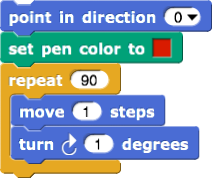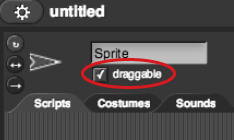-
This codeConstruct each of these scripts and figure out how it works.
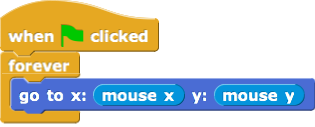 appeared in Unit 1 Lab 2 Following with Sprites and this code
appeared in Unit 1 Lab 2 Following with Sprites and this code -(point-towards-Sprite).png) appeared in Unit 1 Lab 2 Sprite interaction . You've also used
appeared in Unit 1 Lab 2 Sprite interaction . You've also used  ,
,  and
and  in Unit 1 Lab 2 Sprite Position Direction. Also, don't forget the right-click duplicate feature to save time making similar scripts.
in Unit 1 Lab 2 Sprite Position Direction. Also, don't forget the right-click duplicate feature to save time making similar scripts.You will use what you learn about these scripts to solve the puzzles in problem 2.

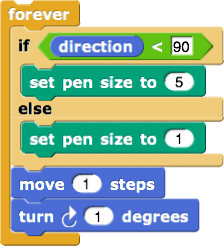
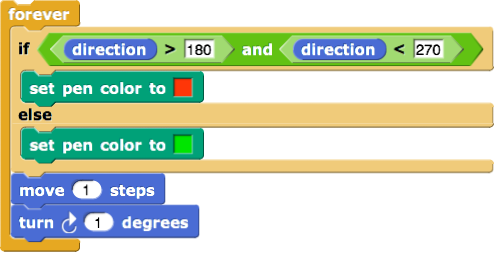

- Four puzzles: For each picture, create a script (or modify one you already have) that keeps the sprite moving in a circle drawing that picture.
-
Create a script that lets you write on the stage in two colors, using your mouse:

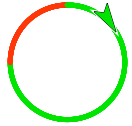
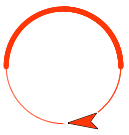
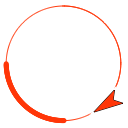

 or
or  that report only
that report only  or
or  are called predicates. In
are called predicates. In 